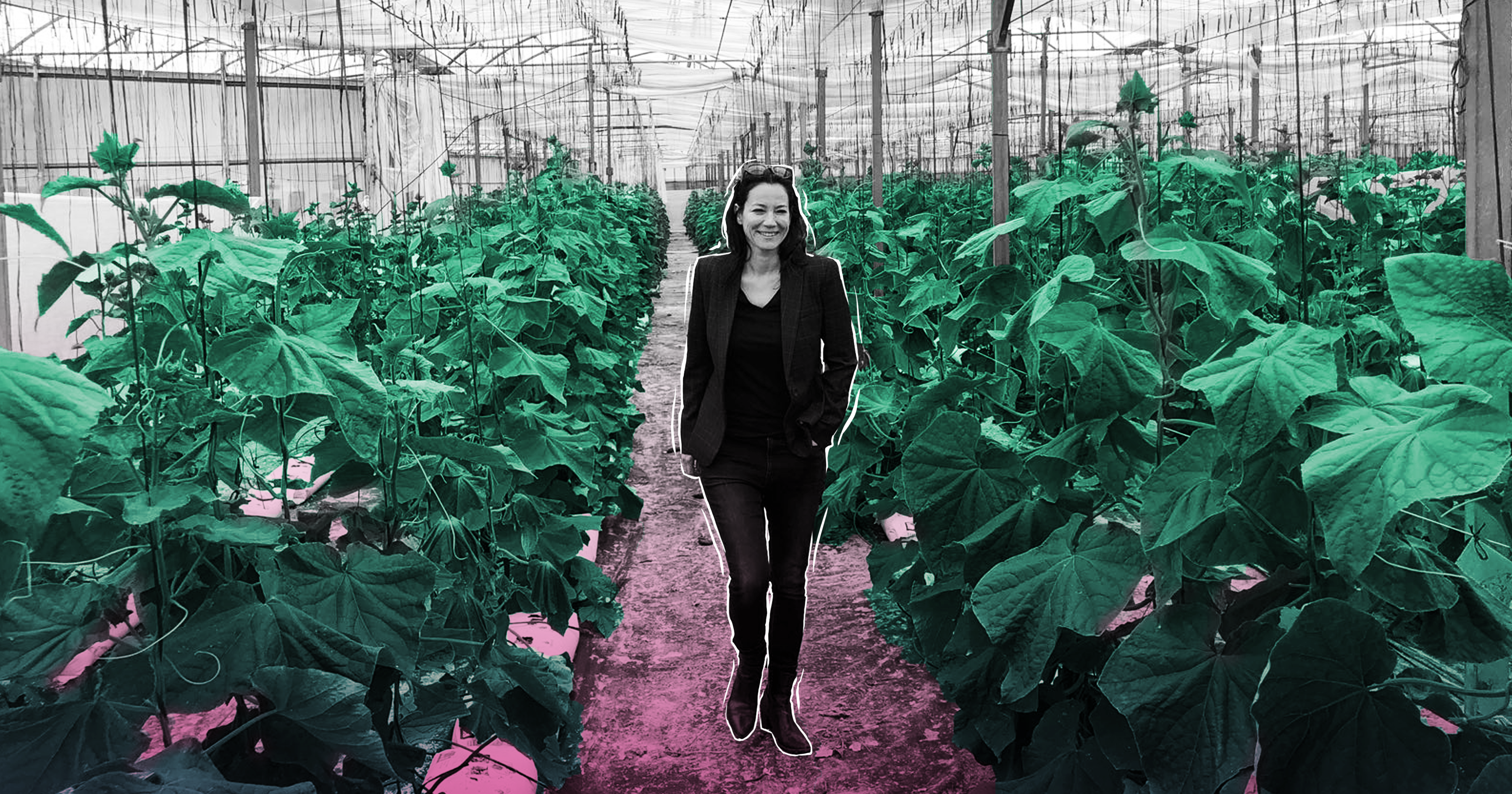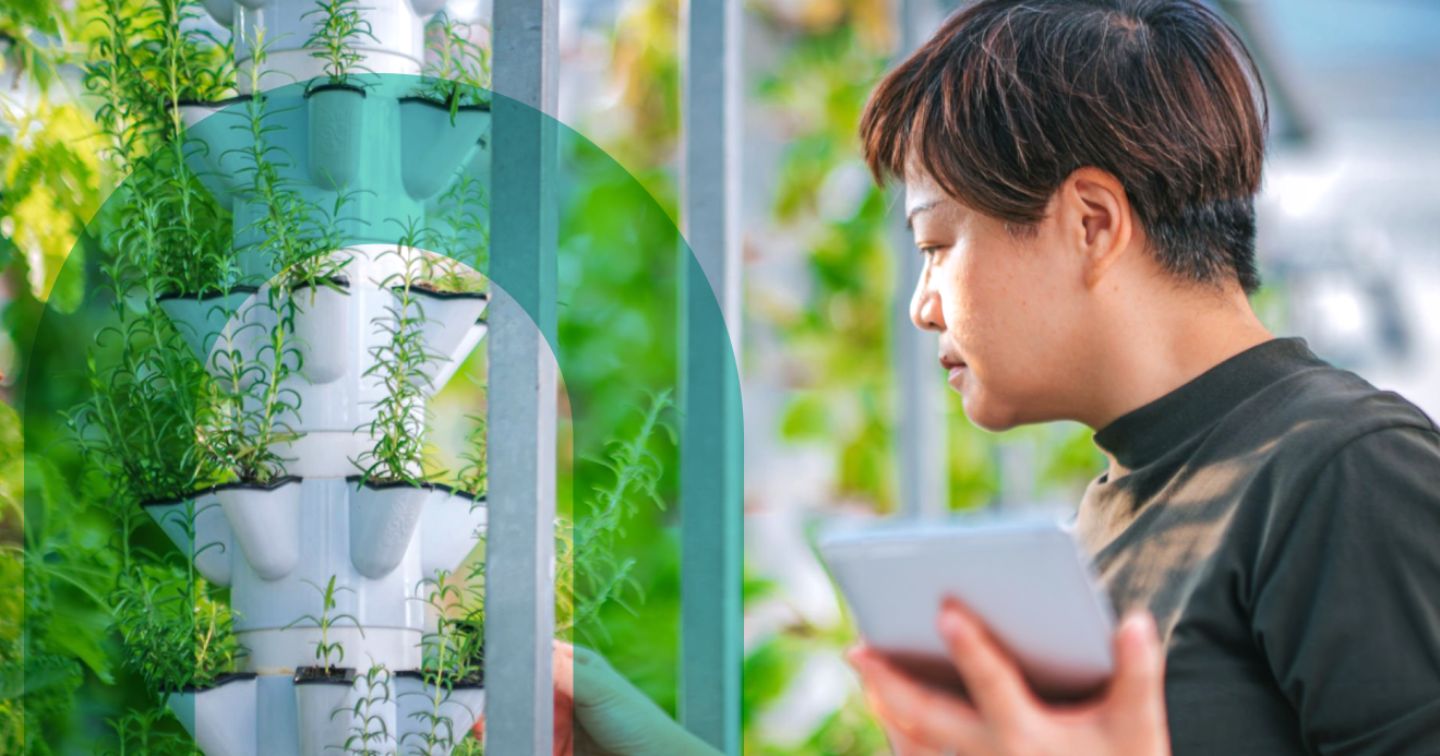Hadar Sutovsky is a fixture of Israel’s bustling innovation ecosystem. With a storied career spanning startups, venture capital, and multinational organizations like Unilever, Sutovsky joined Tel Aviv-based ICL in December 2020 as VP of External Innovation.
Though ICL was no stranger to open innovation (from funding joint academic research to big acquisitions), Sutovsky identified a crucial gap in ICL’s innovation ecosystem: early-stage startups. They have since founded the ICL Planet Startup Hub, a food tech and agtech accelerator that scouts pilot-ready startups and market-ready technologies.
As part of Halo’s Innovation Catalyst series, we sat down with Sutovsky to discuss ICL Planet’s first investment, the accelerator’s “flexible hybrid model,” and how she measures innovation.
Tell me about ICL and your role there…
ICL is actually a mining company. It is a global specialty minerals company operating three value chains of bromine, potash and phosphate in a unique, integrated business model.
From these three value chains, we produce, sell, and market products and solutions that are based on these minerals to a variety of industries. Agriculture and Food are key markets of course, but also other industrial markets worldwide, like energy, pharma, oil and gas, flame retardants, paints and other industries. As a best practice for external innovation, we constantly do mapping to identify unmet needs and areas of opportunity within these industries and value chains.
I joined ICL almost one year ago as VP of External Innovation. We have been involved in open innovation for eight years now, and our activities span across all areas of interest. We understood that we needed to evolve in terms of open innovation and relying only on our own R&D, so we’ve become more engaged in the local and global ecosystem of startups in each of the sectors where we do business. The first mission I had was to find the platform model to connect ICL’s strengths and resources with external innovation, startups, and investments to drive exponential growth.
We understood that we needed to evolve in terms of open innovation and relying only on our own R&D, so we’ve become more engaged in the local and global ecosystems of startups in each of the sectors where we do business.
ICL Planet is part investment vehicle, part accelerator. Can you tell us more about the initiative and why you started it?
I saw that ICL was engaged in answering immediate challenges with M&A tools and tackling long-term challenges with open innovation, both ends of the maturity stage of technologies and companies, from funding joint academic research to big acquisitions, but there was a gap in that we weren’t investing in early-stage startups. This is why I established ICL Planet. We are going to invest around $5 million a year in early-stage startups that are ready for a pilot or ready to go to market.
What ICL Planet is offering, however, is more than just funding. This is an investment, but we’re also going to do a joint pilot or develop a go-to-market with the startup. This is more attractive for them because this is what they need. They can find money everywhere. What they need is a big company to help them access the market, provide advice, and do a successful pilot to position them for a follow-on round.

What areas will ICL focus on?
We’re focusing on the growth engines of the company, which we defined as foodtech and agtech. The food business unit of ICL is already diversifying from only specialty phosphates to selling alternative proteins, fibers, and texturants. What we want via the interaction with agrifood startups is to offer a diverse portfolio of solutions to the food industry, so we are looking for alternative proteins, new processes such as fermentation in order to produce food ingredients, clean label ingredients, plant-based ingredients, things that can replace chemicals that are very abundant now in the industry.
In agriculture, we are focused of course on crop nutrition, because the majority of our businesses compete in the global fertilizer industry. But, we are also looking for next-generation fertilizers, ways to better utilize carbon and nitrogen. The company itself is transforming, and this is why we have ICL Planet.
What are some of the mistakes organizations make in the area of open innovation?
Partnerships can be extremely beneficial for both parties—on the condition that everyone’s intentions are clear from the start. You need to set goals from the beginning, and you need to set KPIs for a process. Sometimes the organization is really keen to do innovation but will not allocate any budget to innovation. A budget allocated for innovation is very, very important. KPIs are very important as well. There also needs to be a champion inside your company for the collaboration. For startups, it’s hard to work with a large corporation. There are two opposite momentums. A startup’s momentum is the polar opposite of a corporate momentum. They don’t use the same terminology, they take risks differently, and sometimes they don’t have the same interests. So, there is a gap that has to be bridged somehow, and if you don’t, the interaction could fail.
Partnerships can be extremely beneficial for both parties—on the condition that everyone’s intentions are clear from the start. You need to set goals from the beginning, and you need to set KPIs for a process.
Many people struggle with how to measure innovation. What is your approach?
For the bigger picture, I set a goal of how many collaborations I would like to do this year. I have the budget, and I know I need to prioritize and see as much deal flow as I can and match these with our unmet needs.
Then it’s all per project. We sit down, define the milestones, and develop key performance indicators for each project. And then along the way, we capture all the data and feedback continuously. I also appoint a success manager for each project who escorts the startup from A to Z making sure that we are going according to plan.
In terms of measuring ROI, there are a lot of assumptions along the way, but we know the markets we are targeting and are running scenarios for each project. We are not going to get into this adventure if we don’t see the potential.
What makes ICL Planet different or unique?
We will keep a flexible hybrid model of a corporate accelerator. We’re not doing batches or cohorts: we are looking for potential investments all the time, meaning that our selection process is ongoing. We are not a fund or a CVC. We are not an incubator that is funded by the government. We are a corporate startup hub, so we define our areas of interest, and if we find something that we like and it fits our strategic vision, we go for it. Our first priority is strategic and then financial.
We closed the first investment in July and are looking at a few opportunities now that are progressing, so hopefully we will close two more by the end of the year, maybe more. I’m looking at making five to eight investments a year up to $1 million each, but it depends on the opportunity and the alignment with our core business.
Tell me about the first investment you made in July. How did it align with your criteria?
We invested in Protera. It’s a food tech company, an AI-driven startup designing and developing new proteins to enable a wide range of plant-based and sustainable solutions to address some of the most critical problems and opportunities in food, agriculture, the environment, and human health. The AI platform is used to execute protein design and develop high-value proteins with such unparalleled functionality that we could, for example, replace common chemical ingredients used in the food industry, like emulsifiers, texturants, and preservatives.
It aligns very well with our food business strategy because we are aiming to replace chemical ingredients with functional alternative proteins. Protera and its platform are so unique, especially its focus on building a portfolio of clean-label food additives. It has the potential to help ICL differentiate its future product offerings.

In terms of organization, some companies have a centralized open innovation team and others put innovation within each business unit (BU). What are the pros and cons of each?
There is centralized, decentralized, and then there is a hybrid approach. Hybrid structure, a BU-enabled structure, is a combination of both functional and divisional structures. We are trying to be hybrid, meaning that there is the team in open innovation, but within each unit you have a champion that is working in collaboration with open innovation. The advantage of this structure is that there is good alignment of individual BU innovation strategy with the group growth goals. It also helps to maintain a healthy relationship across all our internal departments in ICL and allows the external innovation to be more flexible in distributing and assigning roles. The biggest pitfall here is a high chance of conflict between corporate departments and divisions and the question of who gets the mandate for innovation.
It depends on the activity of the organization because each has pros and cons. I’ve been thinking about it a lot. It really depends on the organization. So for us, the hybrid model is best.
Some companies still have a lot of resistance to open innovation and there’s concern around signaling to competitors what you’re working on. How can leaders push for a more open or collaborative approach if there is this kind of resistance within the company?
It’s a good question. Organizations need to internalize the fact that they cannot do it alone. We are not the smartest. We are not living in a vacuum and cannot rely only on our internal R&D. It’s not enough. I can understand the fear of revealing what you’re working on, but eventually the trends of the market and consumer preferences will dictate what is needed for tomorrow. I believe every corporate open innovation executive should have an interest in collaborating with startups. By conducting a pilot with a startup, large organizations can mitigate risk through a small, controlled test of existing technology applied to their customers and start to show the exciting opportunities that are possible. These collaborations infuse our companies with the methods, tools, and mindsets to increase the empathy, risk-taking, and agility that drive disruption from within. In the long-term, I believe these partnerships may lead to deeper relationships, such as acquisitions, joint ventures, or investments.
These collaborations infuse our companies with the methods, tools, and mindsets to increase the empathy, risk-taking, and agility that drive disruption from within.
In general, there are certain needs now that are so global and so collective that keeping it all to yourself is not the answer. We as agritech ecosystem players must acknowledge that we are part of the solution for the sustainable way of the future. We have to find solutions together because the problems and the challenges we are facing now are life or death. We established the ICL Planet Startup Hub to nurture game-changing agrifood technology companies active in addressing critical global needs. It’s time to stop thinking alone and start being more open-minded. We have to keep our eyes and minds open to possibilities.
Want to learn more? ICL Planet partnered with THRIVE for the THRIVE Global Initiative Europe Challenge 2021, where 10 startup finalists presented their ideas to top agricultural leaders, investors, and entrepreneurs. Check out the presentations below.








